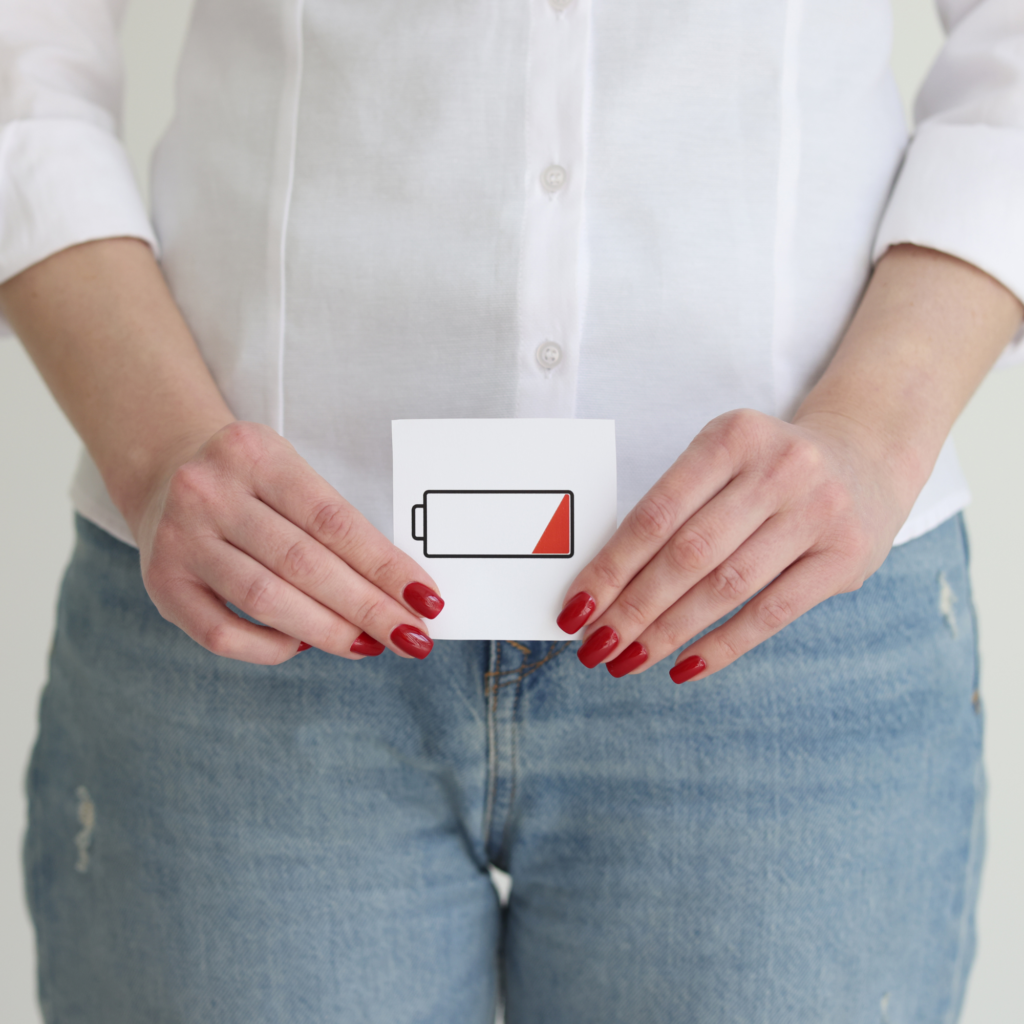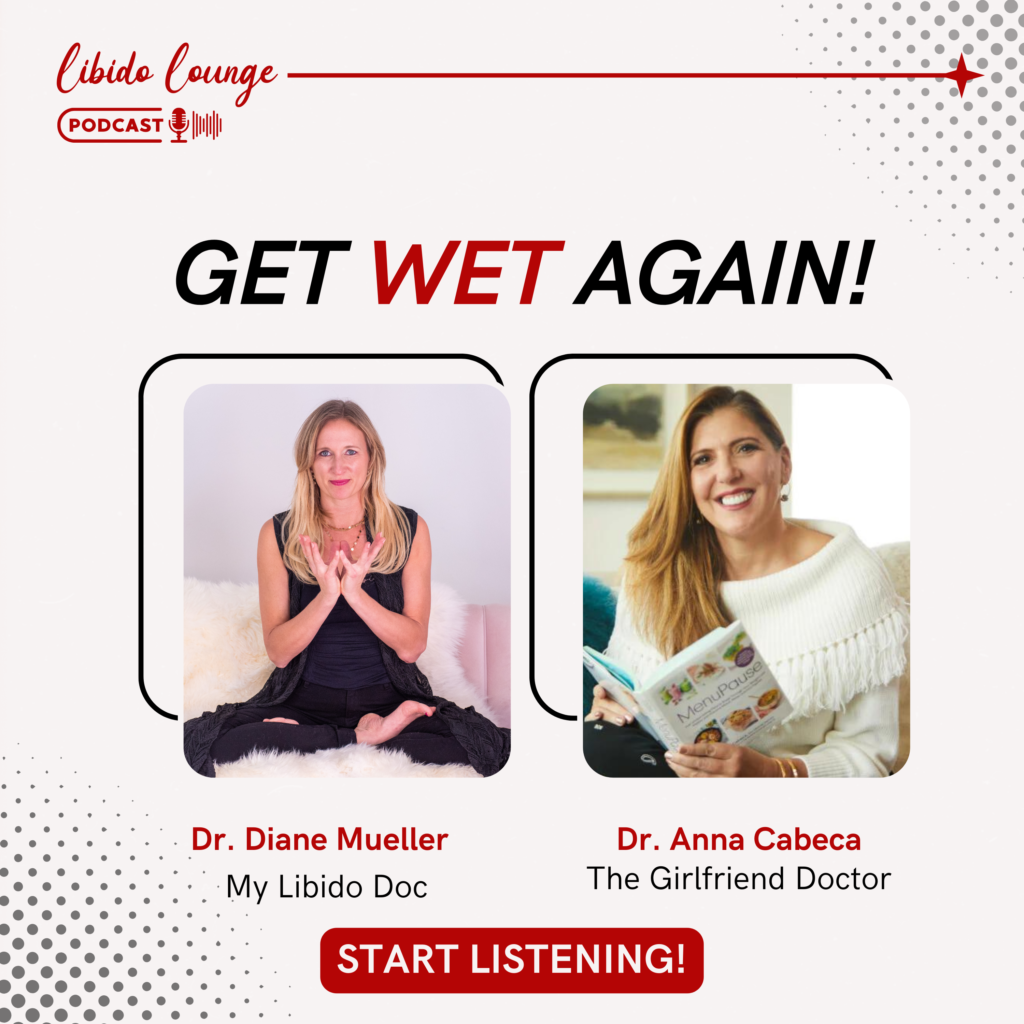How to Boost Female Libido
In the realm of female sexuality, the journey towards acceptance, empowerment, and self-love has been a long and winding one. This journey is not just about a device or an act; it’s about the recognition of female sexual needs, the importance of self-love, and the breaking down of societal taboos. It’s about understanding the intricate relationship between our bodies, our minds, and our sexual health.
There are many things that can be done to boost female libido. In this article we are going to focus on self-pleasure (aka masturbation). For different ideas on boosting female libido, please see our blog: Female Libido Booster.

How to Boost Female Libido: A Journey from Stigma to Self-Love and the Power of Pleasure
Let’s take a step back in time to the first century, where manual stimulation of the clitoris was believed to “cure a woman’s hysteria.” This notion, while seemingly archaic, highlights the long-standing tendency to label women’s emotions as problems that need a cure, a form of gaslighting that has persisted in various forms throughout history. It also underscores the historical misunderstanding and misrepresentation of female sexuality.
Female Libido History
Fast forward to the 1880s, and we see the advent of the mechanical vibrator. Initially designed for muscle aches, it was soon discovered that it could produce orgasm, opening up a new avenue for female sexual pleasure. However, societal acceptance of this was slow to follow. In 1953, reports suggested that only 1% of women used vibrators. By 1974, physicians were warning of potential harms of vibrator use on both physical and psychological grounds, suggesting that vibrators were likely used only by a small number of “sexually dysfunctional females.”
Despite these warnings, interest in vibrators began to grow.
In 1992, while only 2% of women had purchased a vibrator in the past year, a significant 17% found the idea appealing. This indicated a growing curiosity and openness towards sexual self-exploration. However, societal stereotypes persisted. In 1993, literature suggested that women who use vibrators are spinsters and that women should not masturbate with or without a vibrator. The implication was that if women did masturbate, it meant they were single or lonely.
The turn of the century brought about a more noticeable shift. By 2006, over a third of women had used a sexual enrichment aid at least once during a typical 4-week period. This marked a significant step towards the acceptance of female sexual pleasure and the recognition of the value of self-love. The most striking change came in 2008 when a study revealed that 52.5% of women had used a vibrator at least once in their life!
Fast forward to 2022, and masturbation is acknowledged in medical papers for being able to improve sexual self-esteem, sexual pleasure, and greater body knowledge. This recognition of the benefits of masturbation marks a significant milestone in the journey towards female sexual empowerment.
Most women use vibrators clitorally (83%); 64% use them intravaginally.
While 16% of users experienced some numbness after use, only .5% did the numbness last more than a day. Only 3% have experienced pain with .6% having the pain last more than a day. The majority of women do not experience side effects, and if they do, they are almost always mild and transient. Vibrator use has been linked to positive sexual function and can improve desire and ease of orgasm.
A recent 2022 study showed that 66% percent of women masturbated every month. 26% masturbated multiple times/months. Masturbation has been shown to create positive body image for some women. It can also promote safer sexual activity and an alternative to sexual pleasure that does not have STI risk. However, guilt in relation to masturbation is a common feeling in some due to the lack of ability to talk about masturbation.
This is part of why the research on the health benefits of masturbation is so important. We need to normalize these conversations!
Dyspareunia, or painful intercourse, can occur at any age. With menopause, it can occur due to the lack of vaginal elasticity that occurs as hormones change. Vaginal dilators can help with this. Vaginal dilators are basically dildos. Start small and work your way up in size as comfort allows. Pelvic floor therapy can also be beneficial.
Focusing on body image instead of the pleasure is a common internal distraction during sex (and masturbation). This has been linked to lowering of sexual satisfaction and sexual functioning. How one perceives the looks of one’s genitals has been shown to impact their sexual satisfaction. This is the trouble that porn can bring as it can make one feel that genitals are supposed to look a certain way. Self-pleasure has been shown to improve body image as well as one’s own feeling about one’s genitals!
Novelty has been shown to improve sexual satisfaction. Novelty is defined here as a wide variety of varied sexual acts such as new locations, toys, varied positions, watching porn together, and more. Masturbation increases libido and desire. More masturbation has been linked to more frequent partner sex.
Because of the lack of comfort in talking about masturbation, many people wind up relying on porn as a source of information about pleasure. This is unfortunate as it can give inaccurate information about what one is supposed to look like and how sexuality is “supposed” to feel.
Some research has stated that masturbation promotes good relationship development.
Masturbation has been shown in research to help with good relationship development.
While masturbation has been shown to provide many health benefits, guilt in relationship to masturbation is a common feeling in some. Many people in studies report that the guilt in part is due to lack of ability to talk about masturbation. This is part of why the research on the health benefits of masturbation are so important. We need to normalize these conversations!
The use of vibrators and the act of masturbation are not just about sexual pleasure; they’re about self-discovery, self-love, and self-care. They’re about women taking control of their sexual health and wellbeing, exploring their bodies, understanding their desires, and satisfying their needs.
They’re about breaking down societal taboos and challenging the stereotypes that limit women’s sexual expression.
However, it’s important to remember that every woman’s journey with her sexuality is unique. What works for one woman may not work for another. The key is to listen to your body, respect your feelings, and do what feels right for you. Whether that involves using a vibrator, practicing self-love through masturbation, seeking therapy for sexual issues, or exploring other forms of sexual enrichment, the choice is yours.
In the end, boosting female libido is not just about increasing sexual desire; it’s about fostering a positive relationship with your sexuality.
It’s about recognizing and respecting your sexual needs, exploring your desires, and finding ways to experience sexual pleasure that feel right for you. It’s about celebrating your sexuality in all its beautiful, complex, and unique glory.
So, here’s to a future of continued growth, acceptance, and empowerment. Here’s to a future where the conversation around female sexuality is dominated by understanding, respect, and positivity. And most importantly, here’s to a future where every woman feels comfortable, confident, and joyful in expressing her sexuality.
References
Seehusen DA, Baird DC, Bode DV. Dyspareunia in women. Am Fam Physician. 2014 Oct 1;90(7):465-70. PMID: 25369624.
Kaestle CE, Allen KR. The role of masturbation in healthy sexual development: perceptions of young adults. Arch Sex Behav. 2011 Oct;40(5):983-94. doi: 10.1007/s10508-010-9722-0. Epub 2011 Feb 4. PMID: 21293916.
Fischer N, Træen B. A Seemingly Paradoxical Relationship Between Masturbation Frequency and Sexual Satisfaction. Arch Sex Behav. 2022 Aug;51(6):3151-3167. doi: 10.1007/s10508-022-02305-8. Epub 2022 Jul 5. PMID: 35790612; PMCID: PMC9255456.





